To be within the borders of the United Kingdom and not to visit Scotland would be tantamount to sin. Since we were already in the middle of a multi-day visit to London, it seemed like a good idea to go, either to Glasgow or Edinburgh, at any cost. Given the many comments and recommendations, Edinburgh was ultimately the destination – and I cannot recommend a visit to this city enough.
Although I’m a little sorry that the sample of two incomplete days could not cover everything we wanted to visit and see in Edinburgh, we still managed to feel a whiff of that magical Gothic atmosphere that surrounds the city they call the Athens of the European North.
The capital of Scotland and the second largest in the country, is a real urban testament to life in the north of the United Kingdom – a mix of modern and medieval architecture and a city with an extremely rich, but also bloody past. So bloody that the city is one of the biggest providers of various tourist tours that concern the ghosts and horrors of the city’s past.
Among other things, Edinburgh is the city of Irwin Welsh, Danny Boyle and ‘their’ inimitable Trainspotting, but also the city of Sir Walter Scott, whose Scott Monument dominates the cityscape, then Sir Arthur Conan Doyle (creator of Sherlock Holmes), Alexander Graham Bell (creator of the telephone), agent 007 Sean Connery, as well as the birthplace of one of the greatest philosophical minds of the Enlightenment, David Hume or the father of modern economics (writer of The Wealth of Nations), Adam Smith.
Since we were in the city for a little less than a day and a half, I don’t have too much service information to share with readers regarding logistics and transportation – everything that was walked was within a reasonable radius and there was no need to use public transportation. What I can say is to dress in layers regardless of the time of year you will be visiting the city. My visit happened in August, so it was still rainy and cool, dark – but in a romantic, therefore acceptable way for Edinburgh. The pound is the means of payment throughout the United Kingdom, so Scotland is no exception. There is a bus from the airport to the city, for which you can buy a ticket at this link.
Once you’re in the city, you’ll realize that much of what you might see is within walking distance. One of the recommendations is to go to the hill Arthur’s Seat, which overlooks the city, and if you have more time, it is recommended to go to the Scottish Highlands with numerous mountain peaks or a lakes like Loch Ness. However, in this Culture Trip article, it will only stay within the range of Edinburgh.
Royal Mile
The Royal Mile is the central street of the old city core, the heart of old, medieval Edinburgh, which is the motif of probably the largest number of postcards from that city. Walking through this street, where you will most likely run into some kind of performance, is a real experience – at every step there are historic pubs, souvenir shops, crafts of various trinkets and narrow streets that have the name ‘Close’ in them, and lead from Edinburgh Castle, and all the way to the royal residence, the Palace of Holyroodhouse.
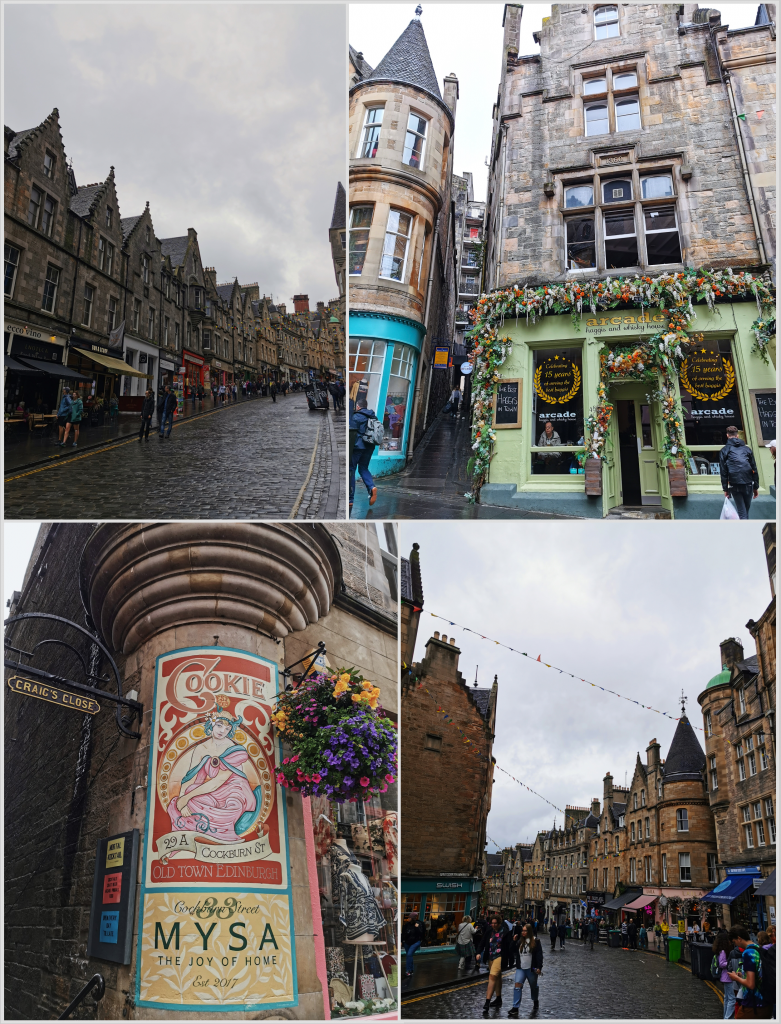
Royal Mile
Many who have walked through this part of Edinburgh will not be surprised by the fact – if they did not learn it during a visit to Edinburgh – that the Royal Mile was one of the main inspirations for J.K. Rowling while writing the series about the young wizard Harry Potter. The Royal Mile is also home to the multi-day Fringe Festival, the largest performing arts festival in the world, which is usually held at the beginning of August. It bypassed me for a few days, but it is good to know the information if you are planning a visit.
Edinburgh Castle
Perhaps the most famous symbol of the city is Edinburgh Castle. It is an imposing fortress that dominates the city panorama and has an important historical role in the defense of the city, but also for cultural heritage. Its history dates back to the late Middle Ages, when in the 13th and 14th centuries it was the main fortress in the Scottish Wars of Independence. Later, its purpose changed – in addition to being a place of accommodation for military garrisons, it served as a prison throughout Scottish history.
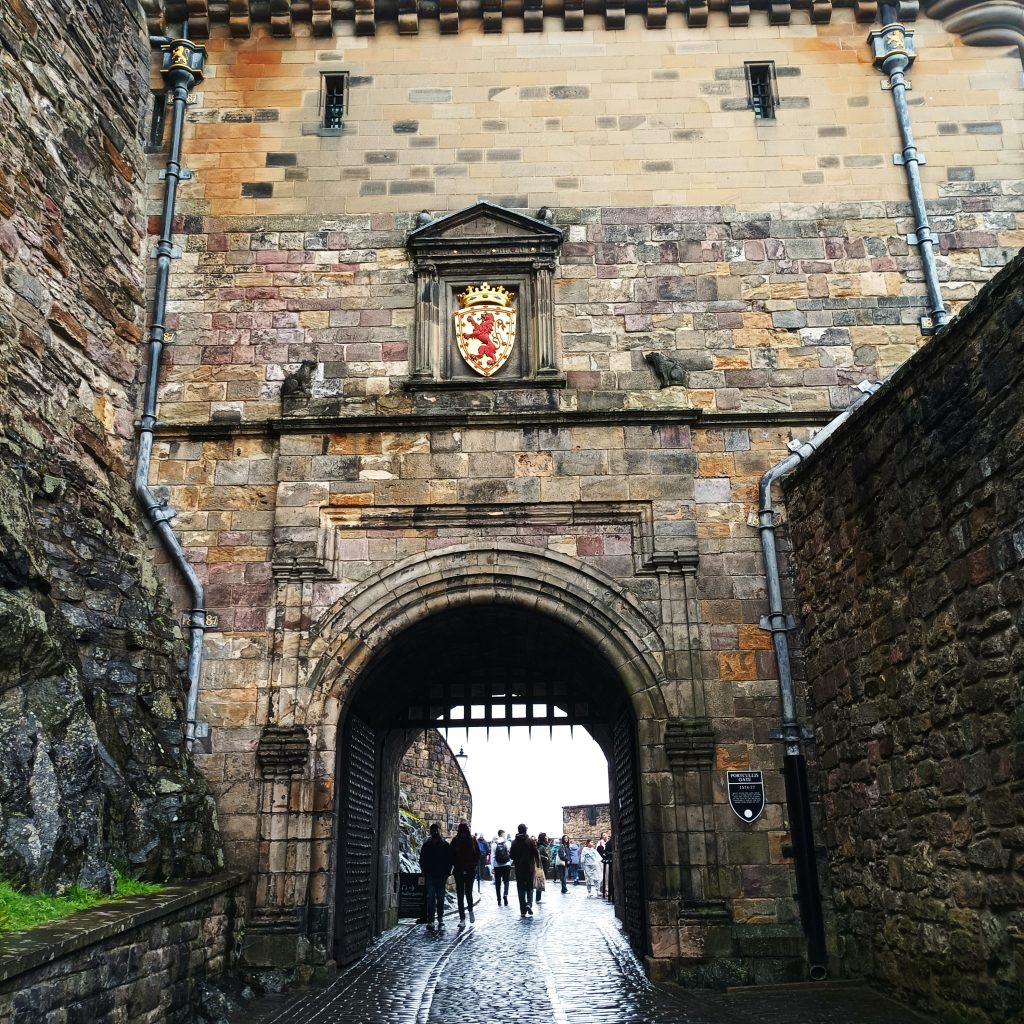
Edinburgh Castle
Today, the castle is a whole complex of buildings and fortifications, so within it there are memorial spaces for the Scots who died in numerous wars of the United Kingdom, museums of historical Scottish troops, prison chambers, and the chapel of St. Margaret’s (the oldest church in Edinburgh dating back to the 12th century), and a large cannon called Mons Meg, the world’s largest medieval cannon, is on display.
Within the castle there is also a large hall, former military barracks, and today an armory, but perhaps the most famous exhibit of the castle are the Crown Jewels, royal treasures that include a crown, sword and scepter, important symbols of the monarchy in Scotland. In one of the parts, there is also a flag with an eagle that Charles Ewart, a member of the Royal Scots Gray cavalry unit, took from a French soldier of the 45th regiment during the Battle of Waterloo in 1815 in one of the most magnificent episodes of British military history.
Holyrood Palace
And speaking of the monarchy and its treasures, the Royal Family has its Scottish residence at Holyrood Palace. It is one of the biggest cultural assets of the city and one of the biggest tourist attractions. It is possible to visit the palace as part of a guided tour, through which it is possible to pass through the royal private chambers, apartments, salons and study rooms and discover more about the life of the monarch in Scotland, as well as some historical events that took place there (the bloodied site of murder of David Riccio, the secretary and alleged lover of the unfortunate Queen Mary Stuart).
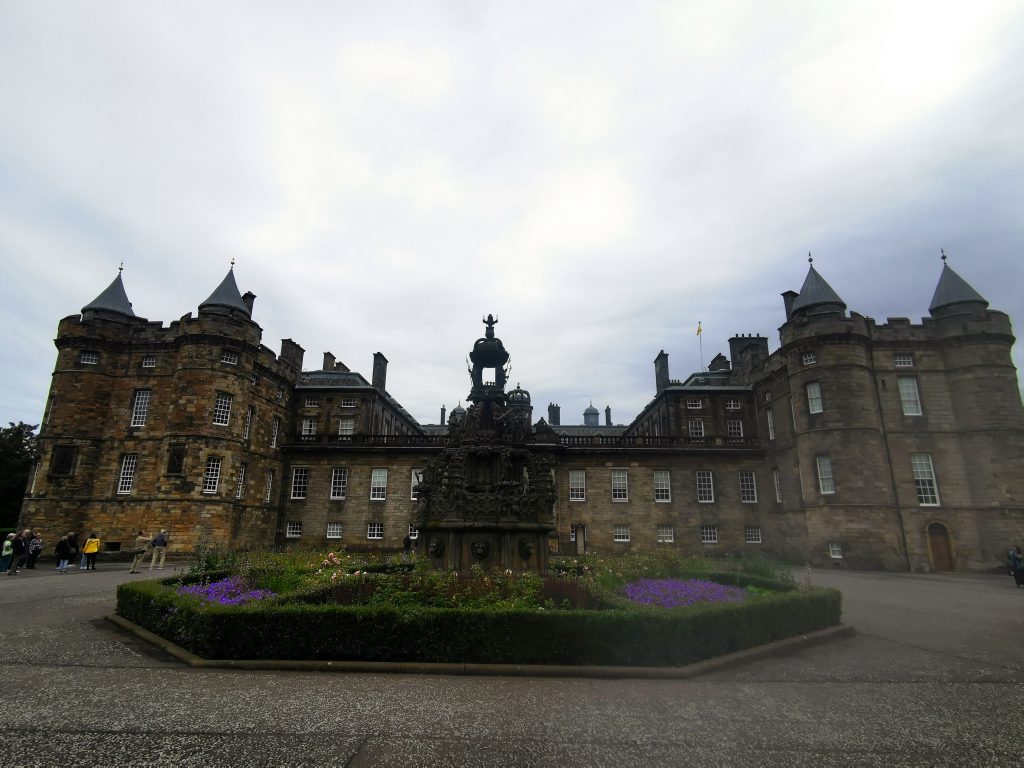
Holyrood Palace
Also, the palace contains a gallery inside which there are royal portraits and which had the function of a ballroom for balls and official visits, and it still hosts important events and receptions of the Royal Family. A nice detail inside this hall is a secret door so that the servants can serve the distinguished guests of the host without any hindrance. In addition, it contained 111 original portraits of the monarchs, but several were damaged in 1746 after the defeat of Scottish troops at the Battle of Falkirk. If you look closely, you can see sword cuts in several pictures.
In addition to the palace, visitors can see the ruins of the former medieval monastery of Holyrood Abbey. Around the palace complex are parks and gardens open to the public, which have their own gardening team that takes care of them.
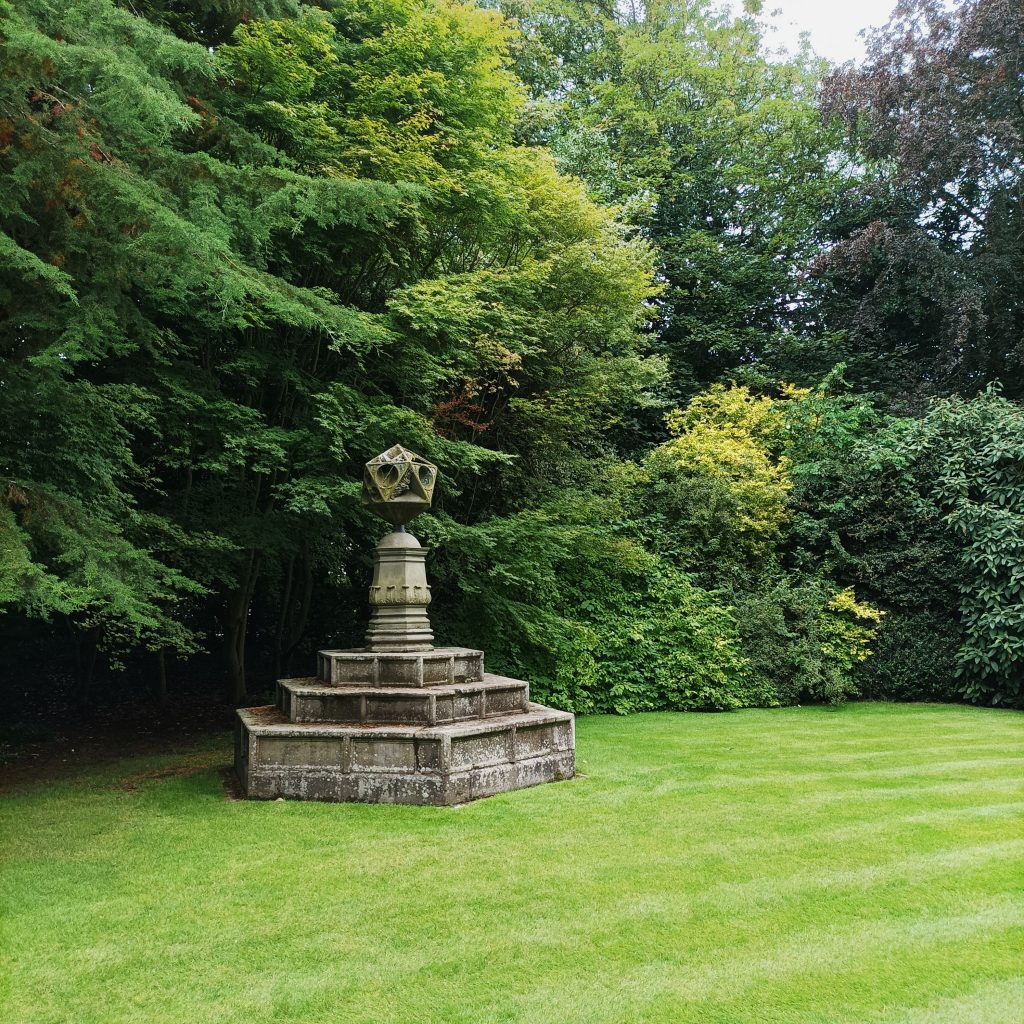
National Gallery of Scotland
The National Gallery of Scotland houses an impressive collection of European art spanning different styles and periods, from the Middle Ages to the 20th century and includes works by world masters such as Titian, Vermeer, Rembrandt, Van Gogh, Monet and many others.
The gallery also highlights works by Scottish artists, including works by Sir David Wilkie, Francis Cadell and the famous painting “The Skating Minister” by Henry Raeburn.
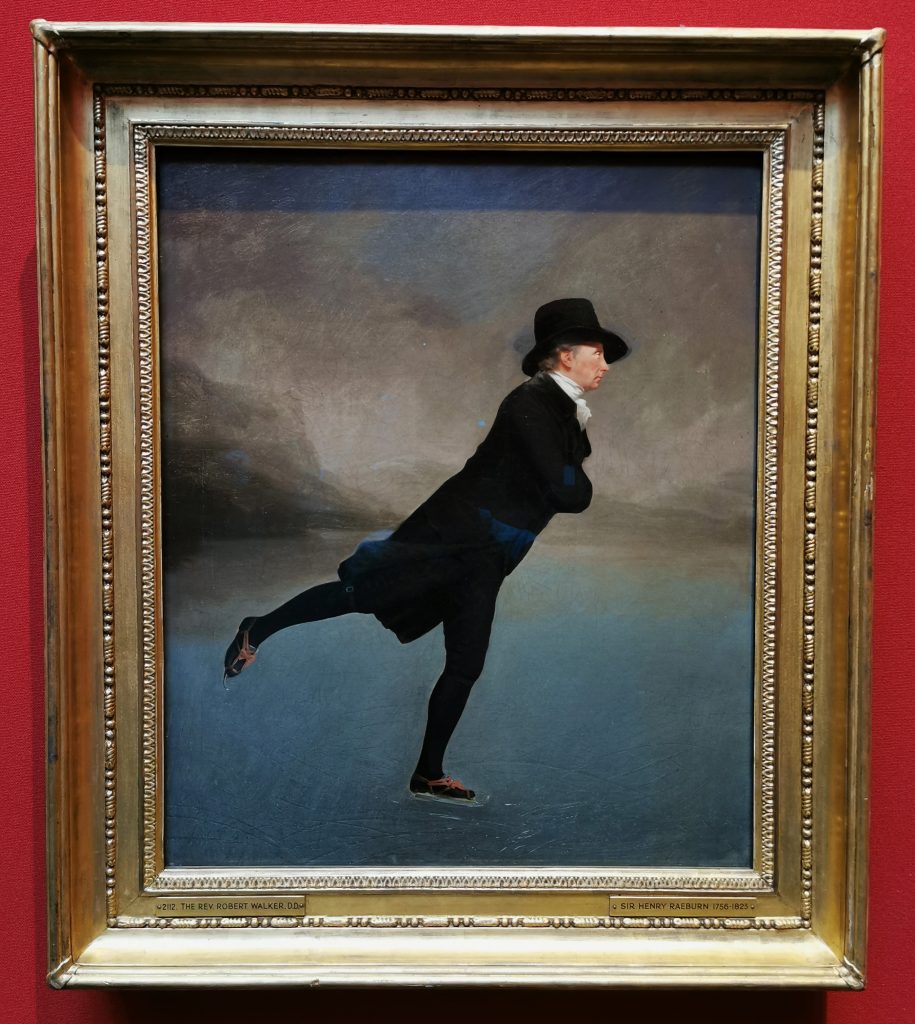
The Skating Minister, Henry Raeburn
At another location is the National Gallery of Scotland, which deals exclusively with portraits, and both galleries are free to visitors.
The Writers’ Museum
The Writers’ Museum, a small and easy-to-visit museum located in the heart of Edinburgh’s old town, is dedicated to celebrating the lives and works of three key Scottish literary giants: Robert Burns, Sir Walter Scott and Robert Louis Stevenson.
- Sir Walter Scott: This exhibition focuses on the life and work of Sir Walter Scott, Scotland’s greatest novelist and poet, known for works such as “Ivanhoe“, “Rob Roy” and “Waverley“.
- Robert Burns: An exhibition dedicated to Robert Burns, the famous Scottish poet (called a national poet of Scotland), although its premises were closed for renovations during our visit.
- Robert Louis Stevenson: The exhibition dedicated to Robert Louis Stevenson, author of “Treasure Island” and “Strange Case of Dr Jekyll and Mr Hyde“, provides an insight into the life of this literary master. Right next to the part dedicated to Stevenson, the closet of Deacon Broadie, a respected and respected city councilor, politician and carpenter, who was later arrested and executed because it was discovered that he was a thief overnight, is found. His case, that is, his subjugated personality, inspired Stevenson to write Jekyll and Hyde.
Inside the museum, visitors can find souvenirs, personal items, manuscripts, documents, portraits and other photographs related to the work and character of the aforementioned writers, while the museum occasionally hosts educational programs and events with the aim of better understanding and bringing the life of these greats closer to a wider audience.
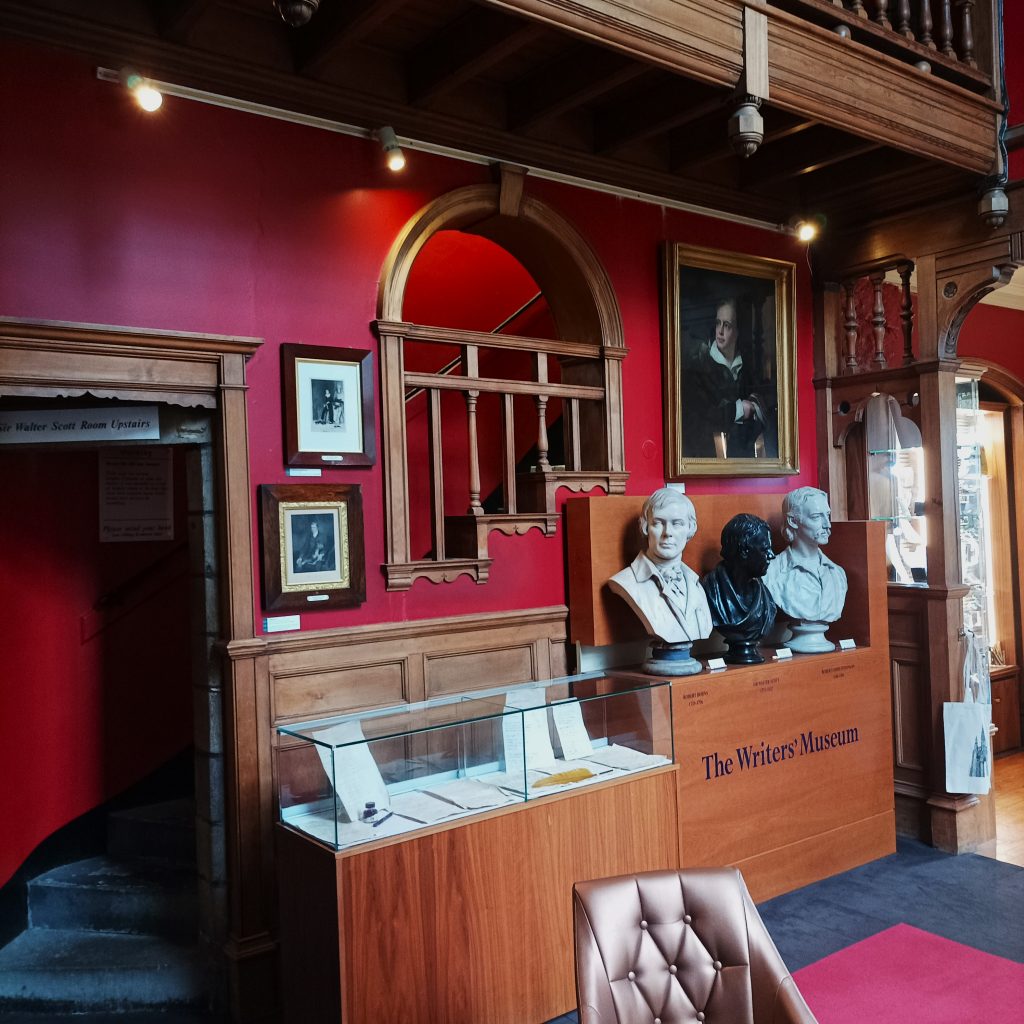
The Writers’ Museum
Calton Hill
A little further from the center, about ten minutes’ walk, is Calton Hill. It represents an important cultural, historical and recreational space, and offers a wonderful panoramic view of the city and its surroundings.
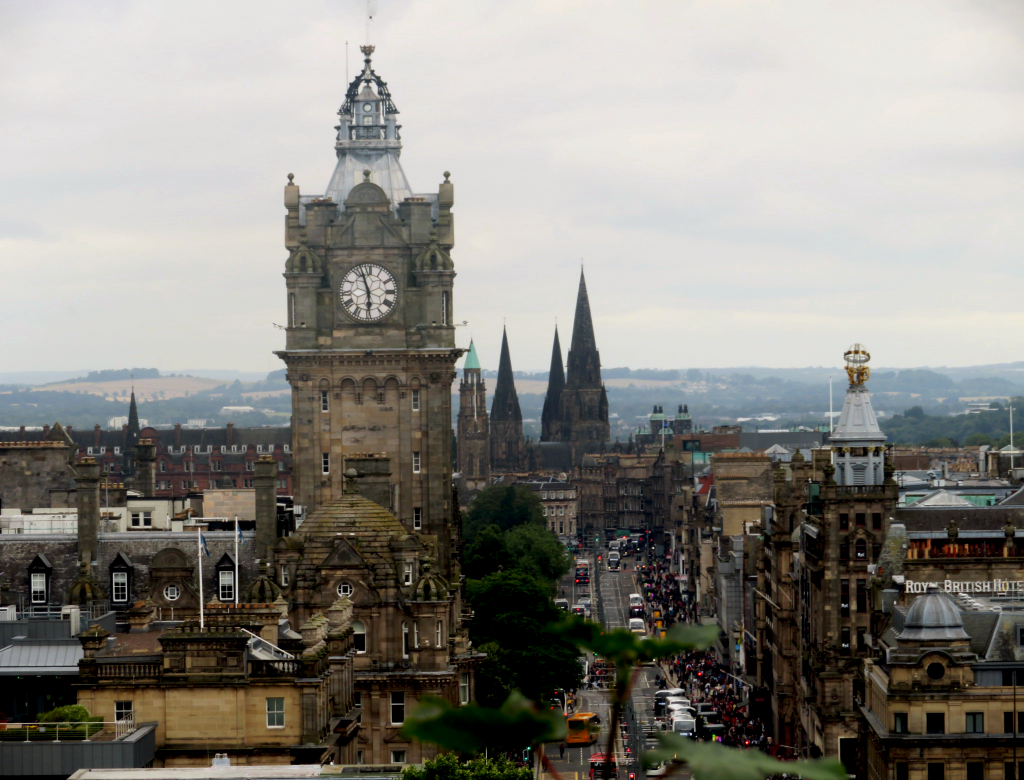
A view from the Calton Hill
In addition to the view, you can also see several sights and monuments on the hill.
- Nelson’s Monument: This column dedicated to Admiral Horatio Nelson was built in 1816. A statue of Nelson originally stood at the top of the column, but was removed during restoration work.
- National Monument of Scotland: Inspired by the Parthenon in Athens, this imperfect and unfinished monument was intended to be dedicated to the victims of the Napoleonic Wars. The work was interrupted due to financial problems, and at first it was a shame for the city, but it was precisely because of this monument that Edinburgh was called the Athens of the European north.
- Dugald Stewart Monument: Dedicated to Professor Dugald Stewart, this monument is a picturesque structure with a colonnade and dome.
- City Observatory: Originally built as an observatory, this building now serves as a visitor center with exhibits on history and astronomy.
- Political Martyrs’ Monument: A monument dedicated to the political martyrs of 1793 who advocated for parliamentary reform and then all five were sentenced to long-term sentences in British overseas penal colonies.
Adding to the monuments and observatory, as well as the Scottish Parthenon, is a 17th-century Portuguese cannon that greets every visitor who climbs Calton Hill. His ‘life journey’ is also an interesting story: Bearing a Spanish royal coat of arms – Spain ruled Portugal at the time- it was sent out in the 17th century for service in the Portuguese Indies, stretching from Mozambique to Macao. The cannon then got into the hands of the rulers of the Arakan (west coast of today’s Burma/Myanmar) from where in 1785, according to the Burmese inscription, it was taken to Mandalay. In 1885, Upper Burma fell to British forces and the cannon was exhibited at the Edinburgh Fair of 1886 and after that, taken to Calton Hill.
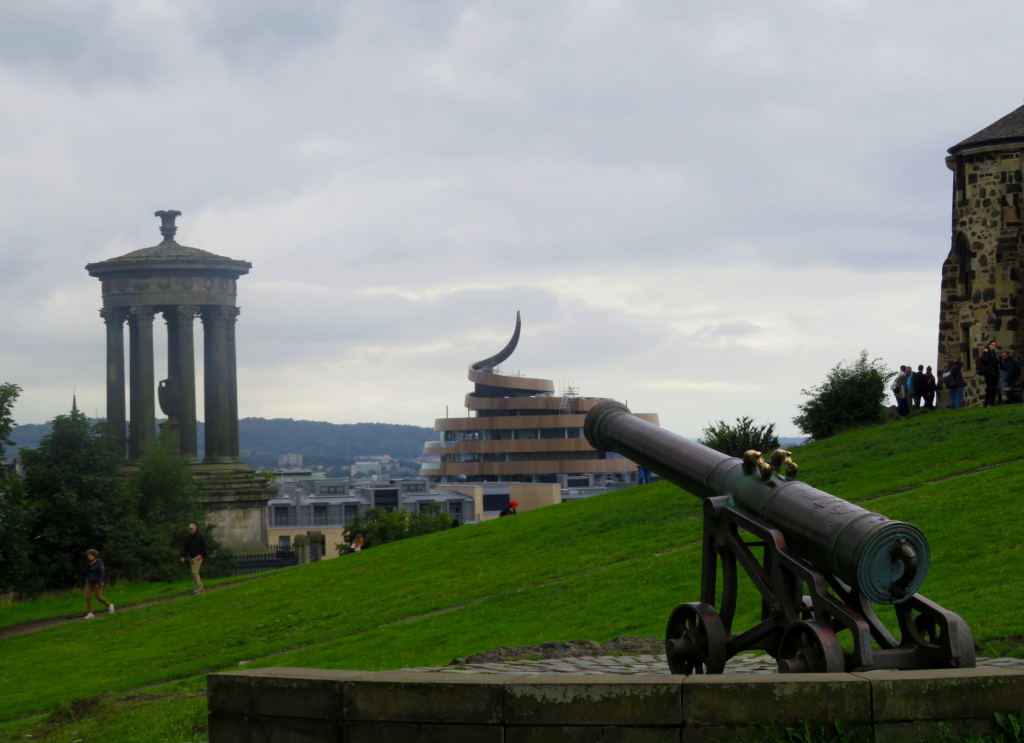
Greyfriars Kirkyard (City of the Dead Tour – Haunted Graveyard Tour)
As I mentioned, one of the features of Edinburgh is the numerous tourist tours of horror omens that perpetuate the bloody history of the city, as the epicenter of numerous battles, conflicts and rebellions. There are several providers of these tours, and for our visit we decided on the company City of the Dead and their Haunted Graveyard tour.
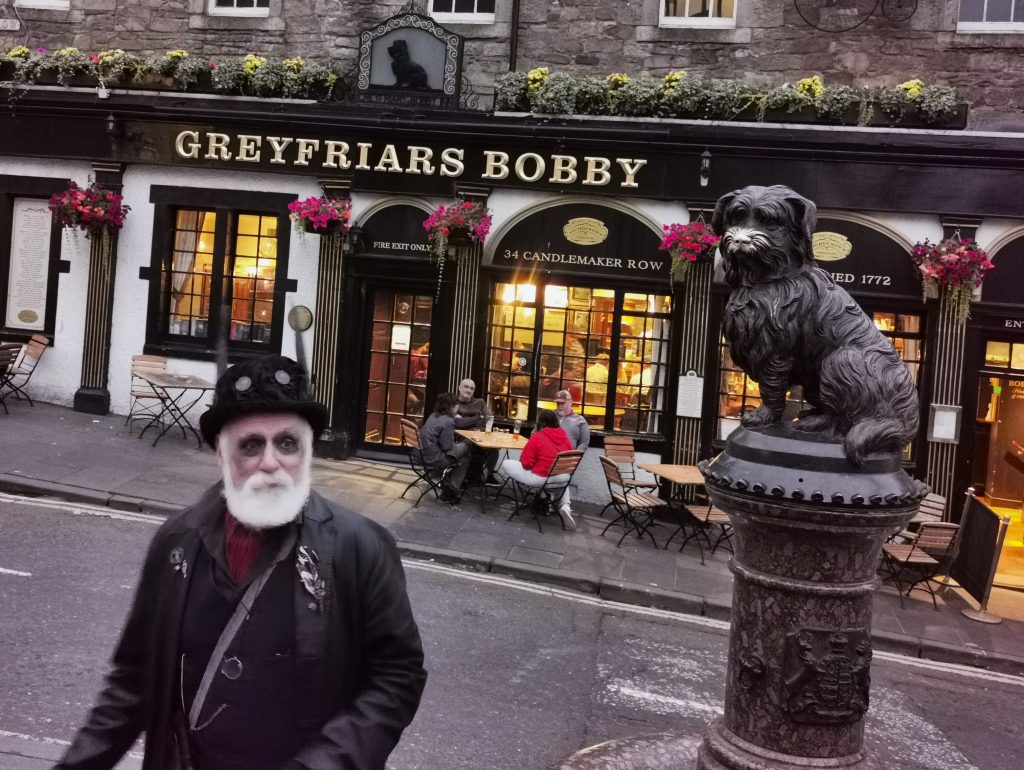
Tour Guide
A nice guide, dressed as some kind of occult druid, was our host for the tour that started after dark, at nine in the evening. It is important to point this out considering the topic of the tour, but before we say what the tour included, we will say something more about its central location. Although the start of the tour is on the Royal Mile, the bulk of the roughly hour and a half takes place in Greyfriars Kirkyard, the city’s graveyard which is as visually impressive as it is ominous and terrifying once night falls. I can confirm this especially since I visited it both during the day and in the evening as part of the tour.
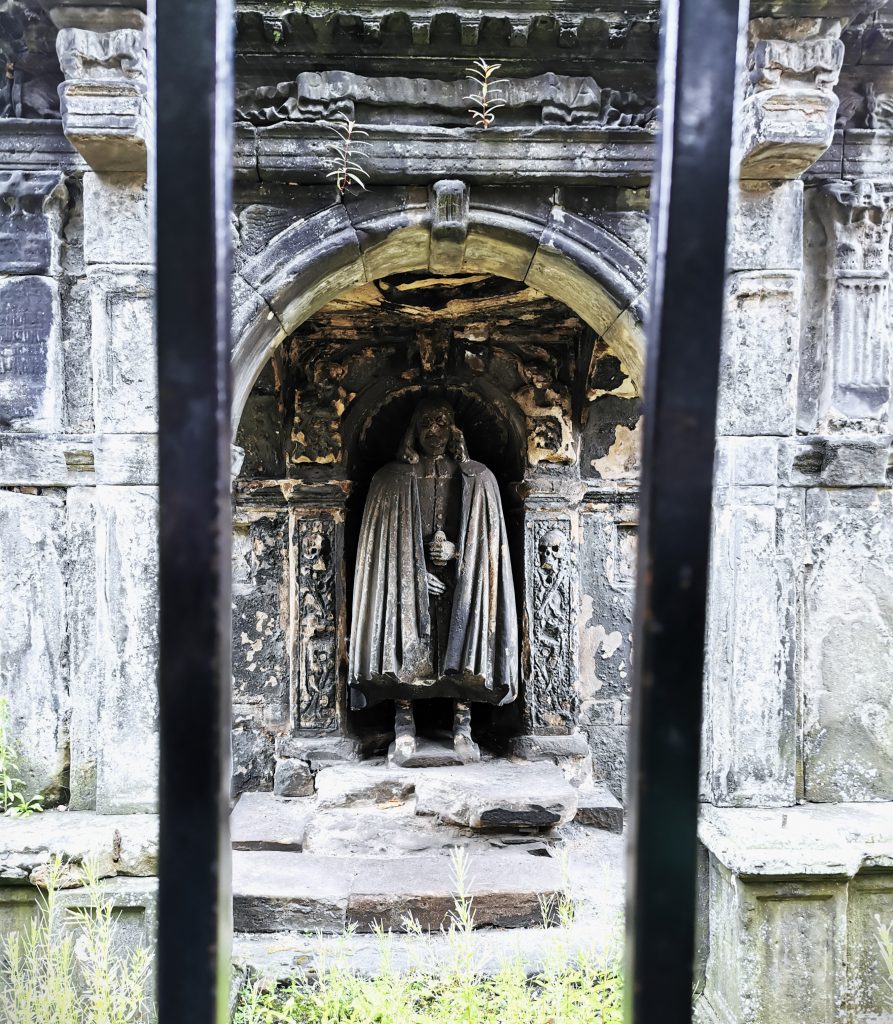
Greyfriars Graveyard
Greyfriars is a cemetery where some of the most famous residents throughout Edinburgh’s history are buried, but it’s an honor that its most famous resident is actually Bobby the terrier. The story goes that in the mid-19th century, Bobby was the pet of the night watchman at the cemetery, John Gray. When Gray passed away in 1858, faithful Bobby stayed by his grave for the next 14 years, until his death in 1872, becoming a favorite of the entire town population at the time. Today, Bobby’s statue is in a central position in the cemetery, and a considerable number of lanterns are lit right next to his statue.
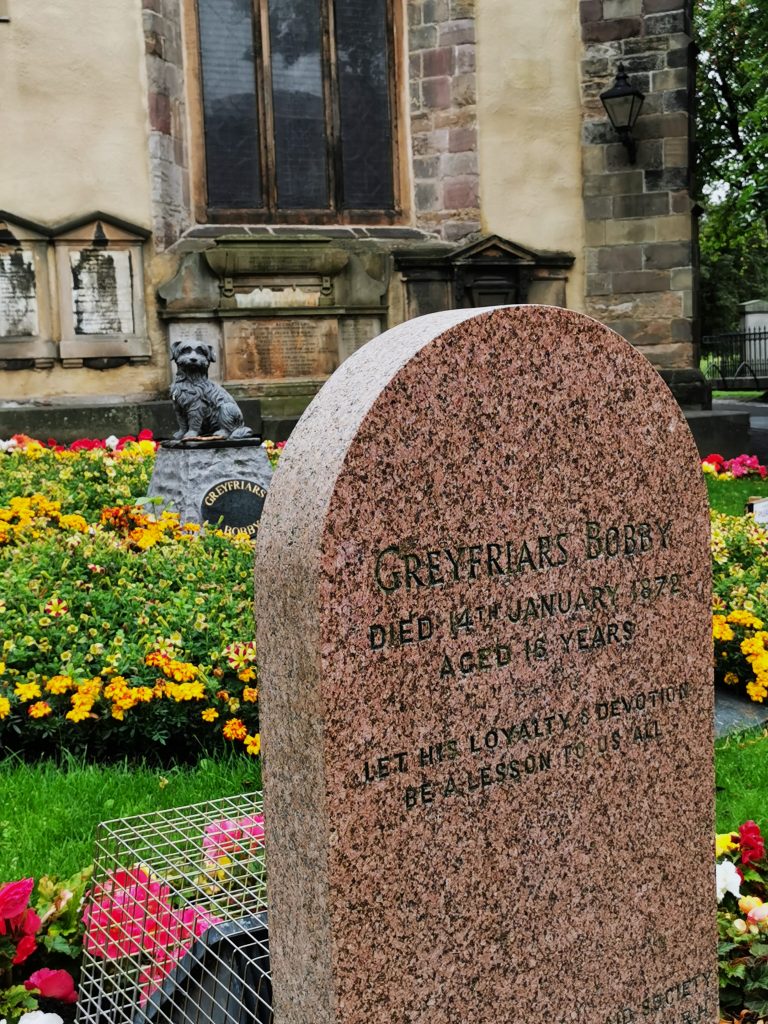
Bobby’s Grave
Besides Bobby, many other locals were sent here to eternal hunting grounds, and it is notable that J.K. Rowling, while writing the first installments of Harry Potter in the nearby, now closed Elephant House pub next to the cemetery, found inspiration for certain characters precisely in the names and surnames on the tombstones (Tom Riddle, Scrymgeour, Potter, Black, Modie, McGonagall, etc.)
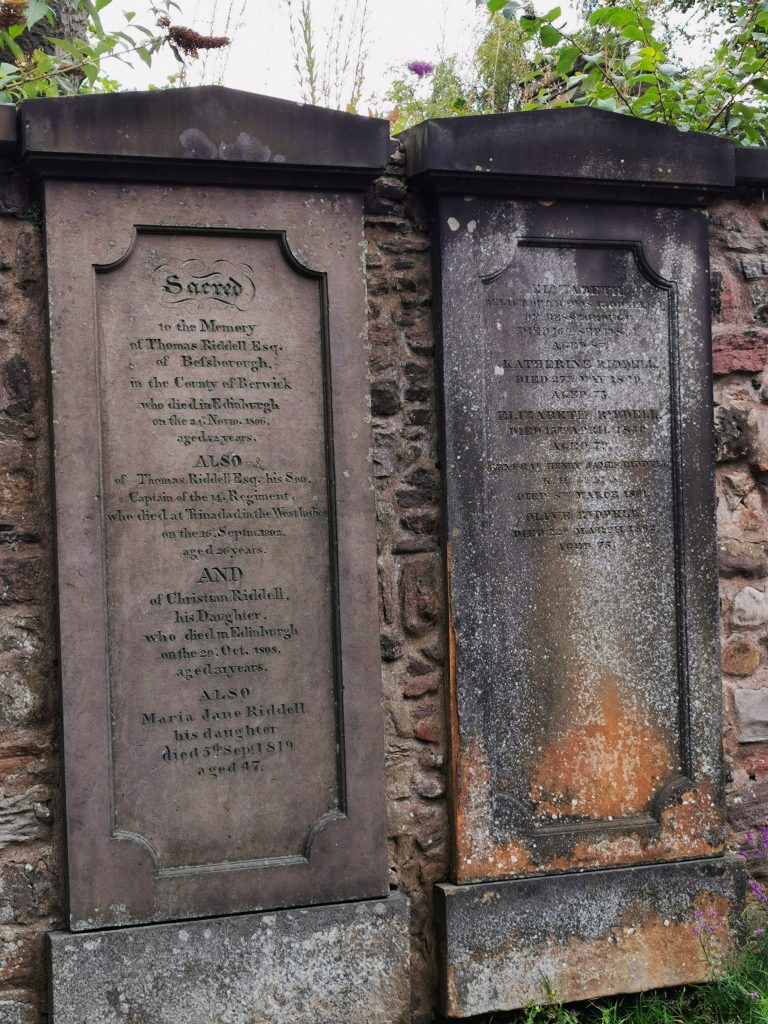
Thomas Riddell Grave
But let’s return now to the tour that closely follows the cemetery. Our guide walked with the group from the Royal Mile, talking at certain breaks about Edinburgh’s history and its bloodiest episodes.
So at one point, he talked about Sawney Bean, the supposed leader of a bloodthirsty gang that terrorized Scotland in the 16th century. Although the narrative of the tour is set up to, in a way, unquestionably confirm the existence of Bean, the accuracy of the story has not been confirmed by historical sources and today it is considered more as part of folk tales and folklore. And he says that Bean and his wife decided to withdraw from the civilization of that time. They settled in a cave along the coast where they started a large family, and the cave became a kind of crime den. Allegedly, the bloodthirsty family killed and cannibalized hundreds of bystanders before they were eventually caught. The legend of his misdeeds became a popular story that spread through generations through folk tales.
Then we arrived at the cemetery, where the guide gave a short talk about Bobby and the history of the cemetery, which probably hides many more human bones than meets the eye. Then came the 19th century story of a pair of serial killers, William Burke and William Hare, who became famous for one of the most scandalous crimes in Scottish history. After realizing that they could profit from selling bodies to medical schools, Burke and Hare began killing people, especially those without family or extended family ties, in order to sell their bodies to doctors for anatomy classes that were gaining momentum at the time. at that time Edinburgh was the most progressive in Europe.
Burke was eventually captured in 1828 after their crimes were discovered, and Hare testified against him saving himself from the noose, while Burke was publicly hanged in early 1829. Hare later left Scotland, with his further fate unknown. This cause celebre of the 19th century led to the tightening of laws regarding the sale and use of corpses for medical purposes, and in addition, it also led to several alleged inventions – one of them being a bell that could be used to signal that those buried prematurely were still alive, while the other is a coffin with iron protection, whose function was to prevent body-snatchers in their lucrative business.
The following story is also the central motif of the entire tour, and it refers to a part of the cemetery that is normally locked. It is about a place called Covenanters Prison. The Covenanters were a group of Scottish Presbyterians who, during the 17th century, were against the attempts of the English royal house of Stuart to impose an episcopal hierarchy in Scotland. They defended the rights of the Scottish Church and religious freedom. They operated in a bloody and turbulent period, which the historiography of the United Kingdom remembers as the Killing Time, and it is linked to numerous rebellions and conflicts between the Covenanters and the Crown.
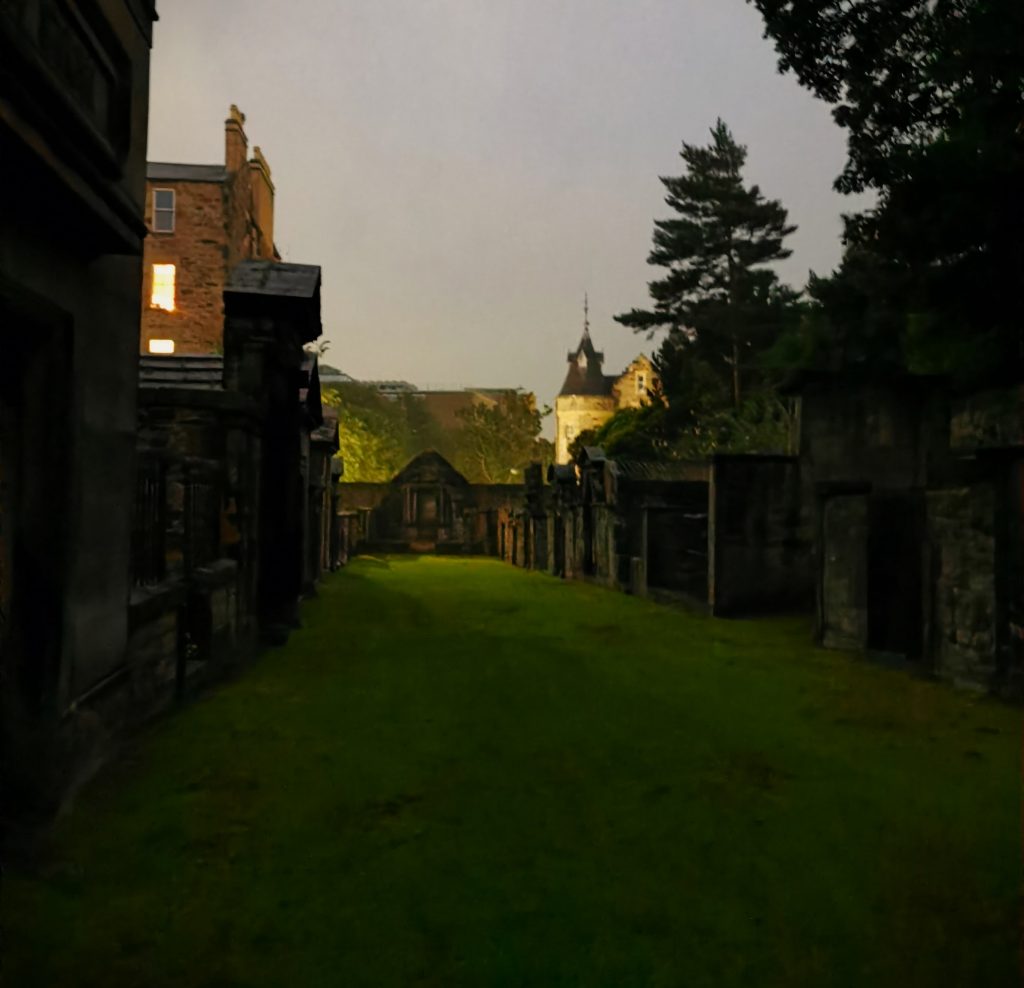
Covenanters Prison
After the Battle of Bothwell Bridge (June 22, 1679), about 1,200 Covenanter prisoners were brought to Edinburgh. As there were too many to hold in the prison or castle, a makeshift “prison” was formed in a field south of Greyfriars Kirkyard, for about 400 people who could not be held in another location. As the Crown treated prisoners quite brutally at that time, many of them were tortured and abused and died in extremely difficult and inhumane conditions in an improvised field next to the cemetery. One of the enforcers of this repression was the governor and judge George Mackenzie, who was nicknamed Bloody Mackenzie because of his role in implementing royal decisions, although he is celebrated today as a once-polite citizen. In addition to Covenanters Prison, the end of the tour took place in the so-called The Black Mausoleum, the final resting place of Mackenzie, who, according to the tour guide and tour website, appears in the form of a poltergeist and occasionally attacks and shows himself to tour visitors, which the organizers extensively write and document allegedly. All in all, a fun and at times educational experience where the much-hyped climax (or a jumpscare, at least) falls short, and whether it’s worth a visit is up to you to judge for yourself.





Komentari preko Facebooka